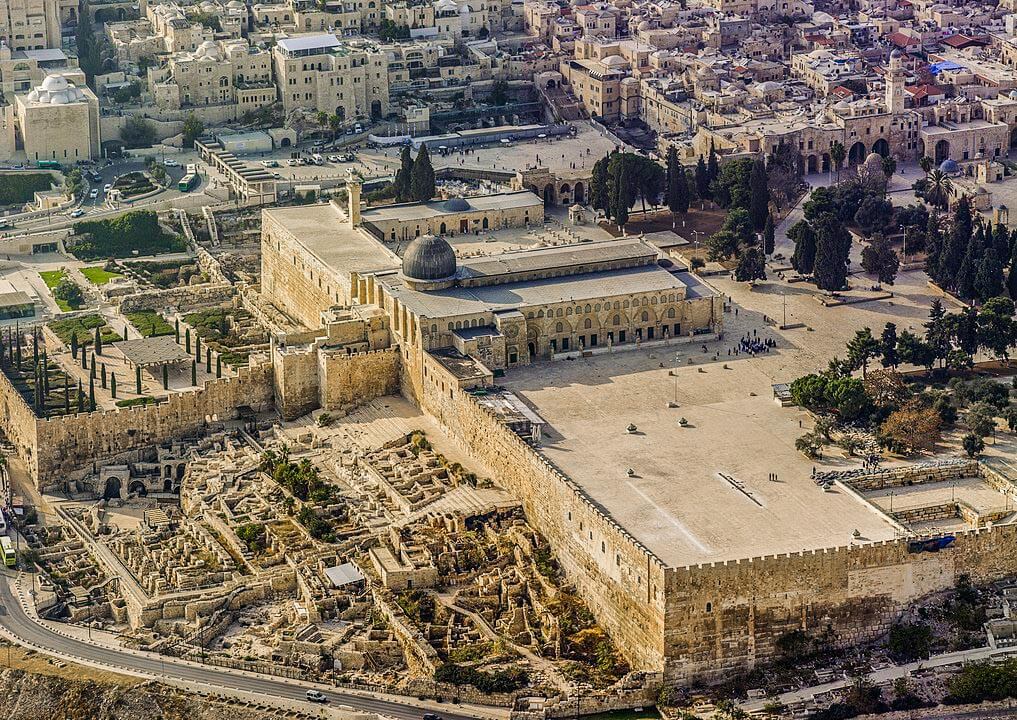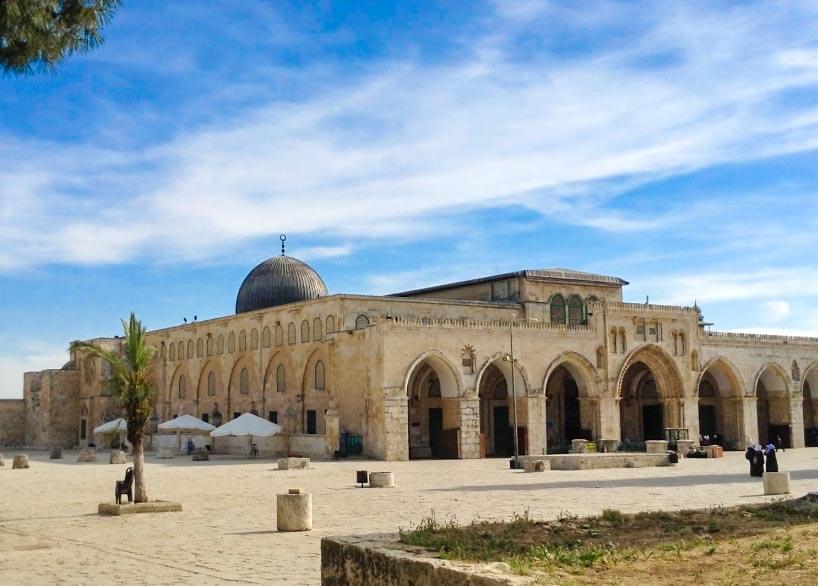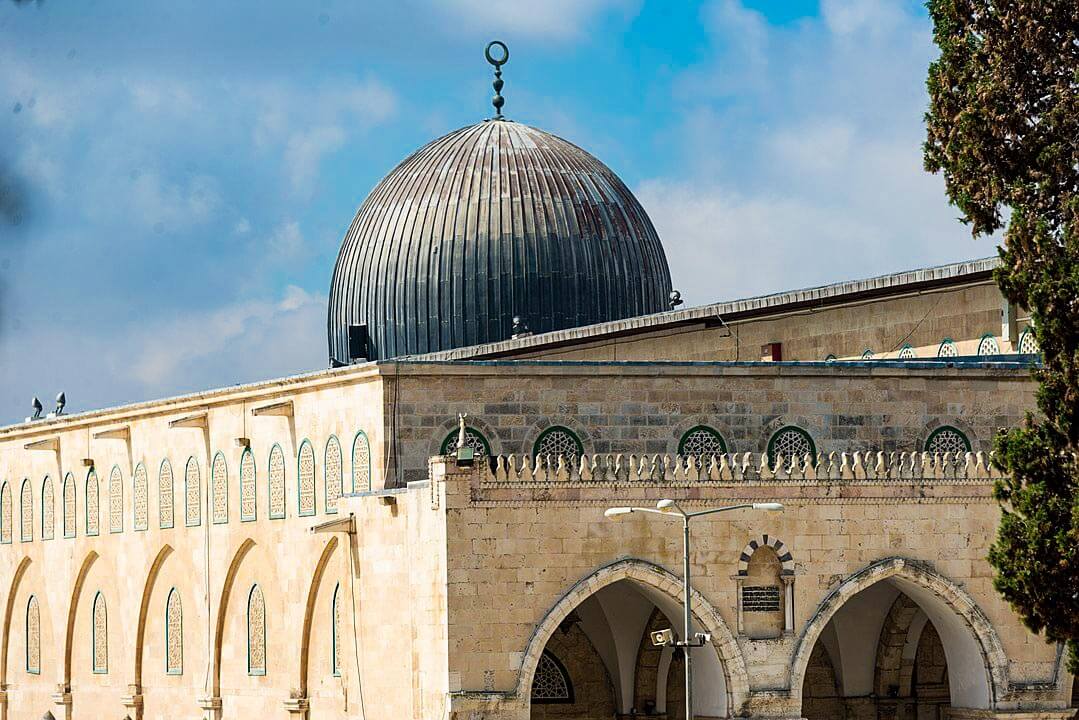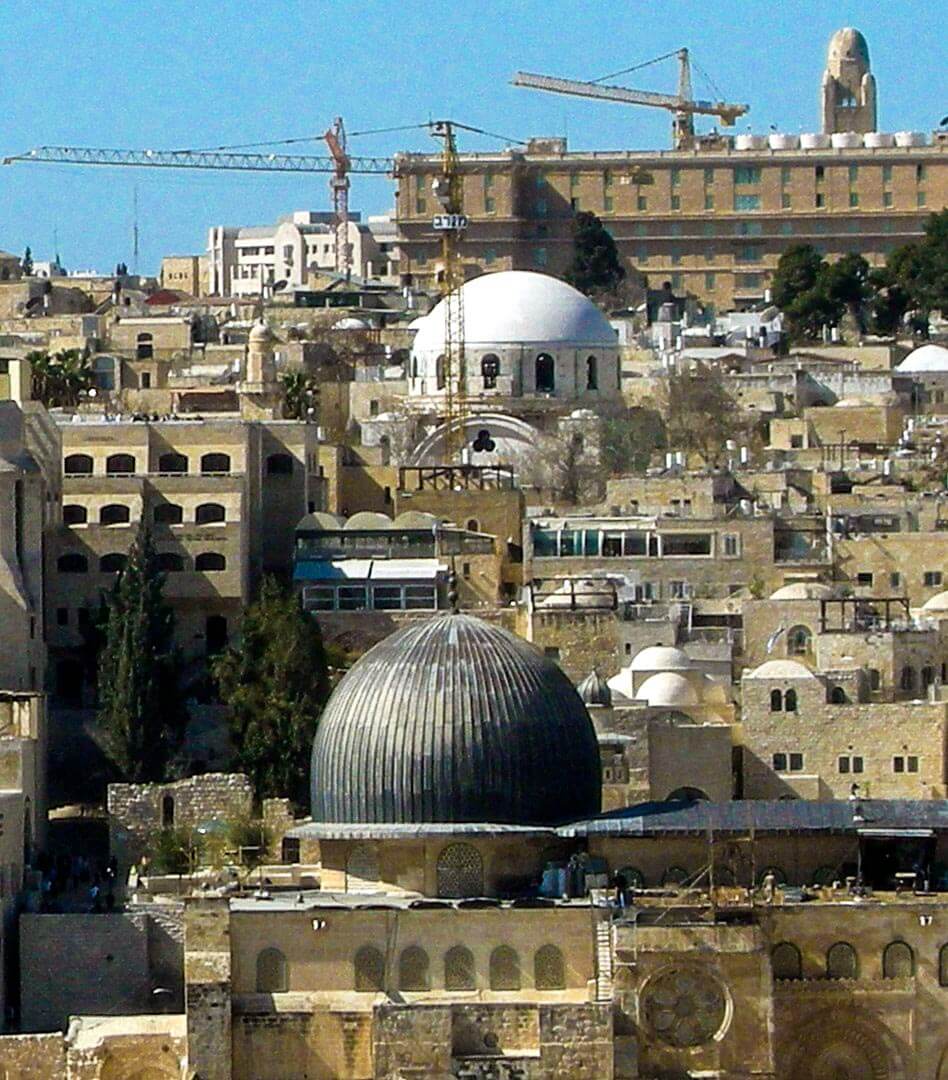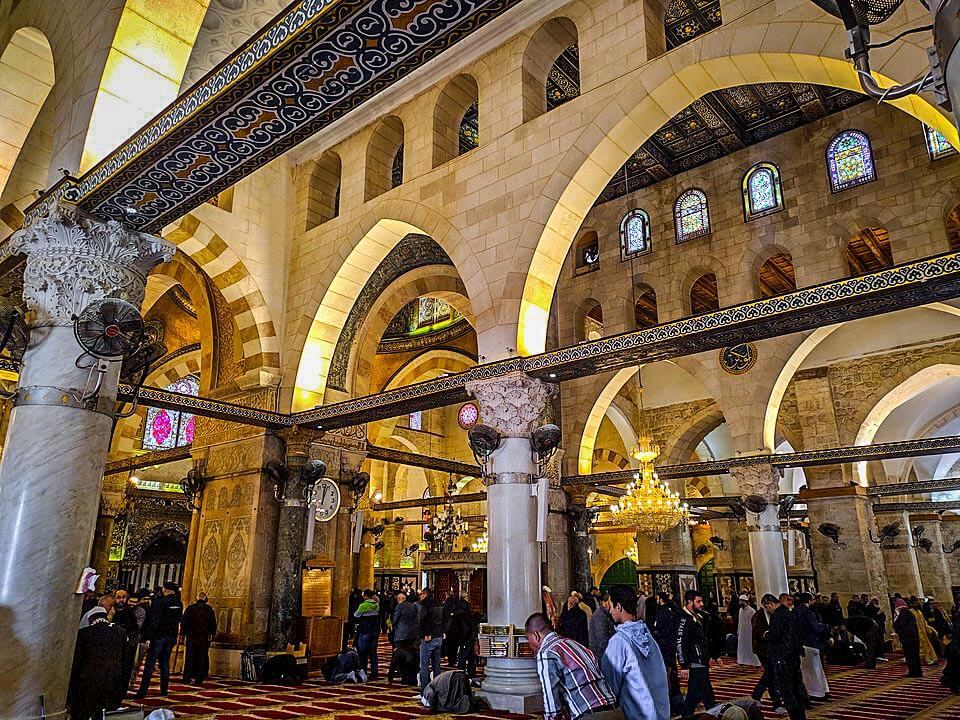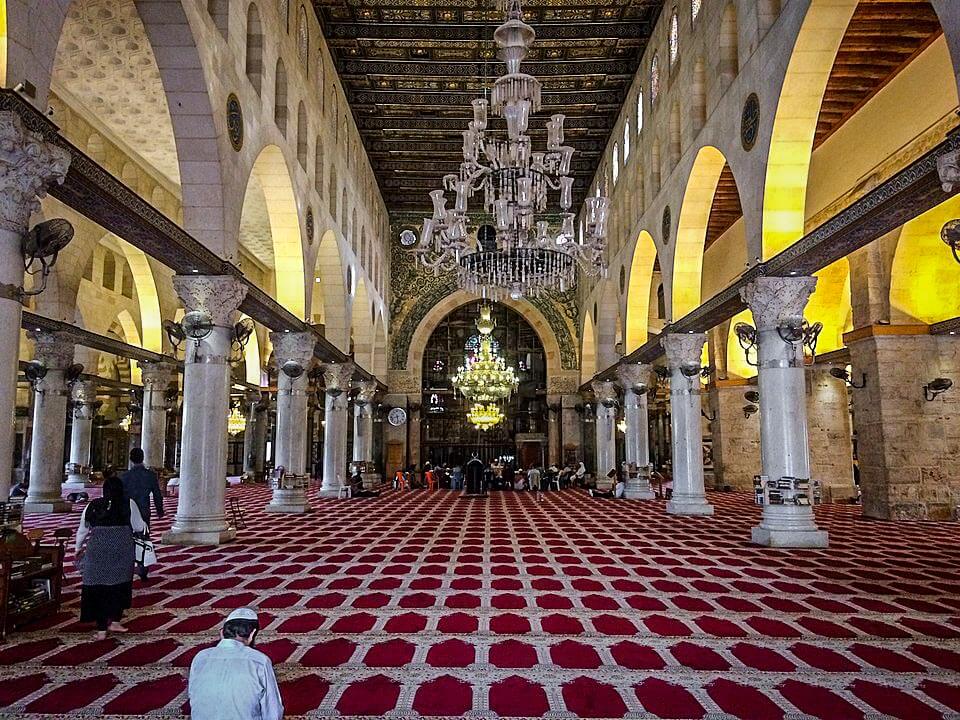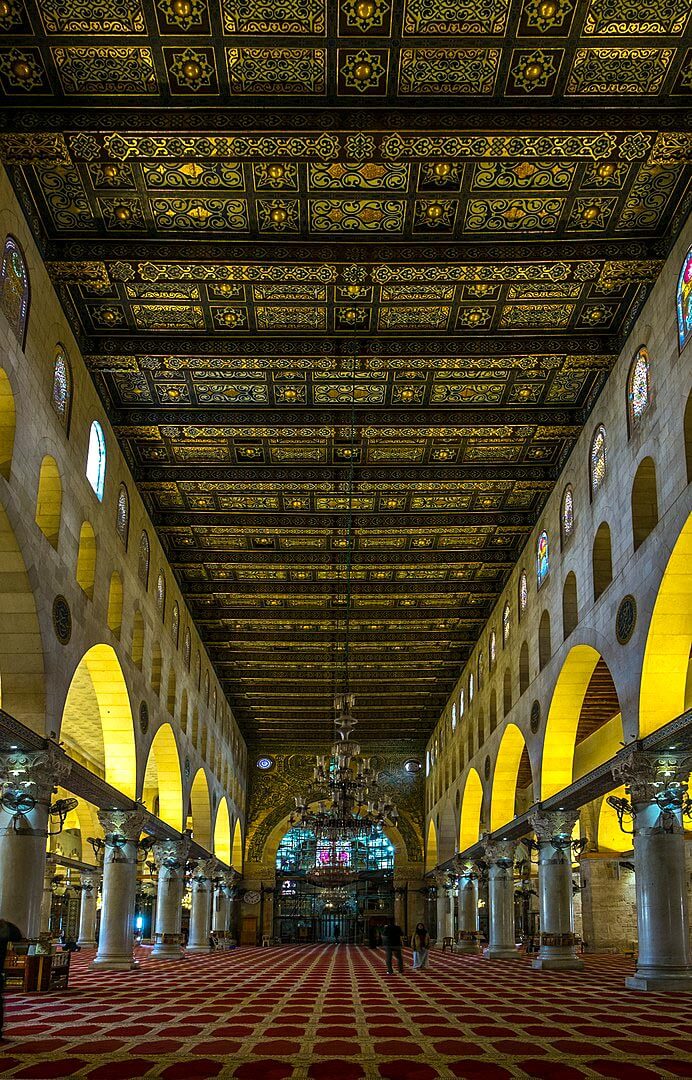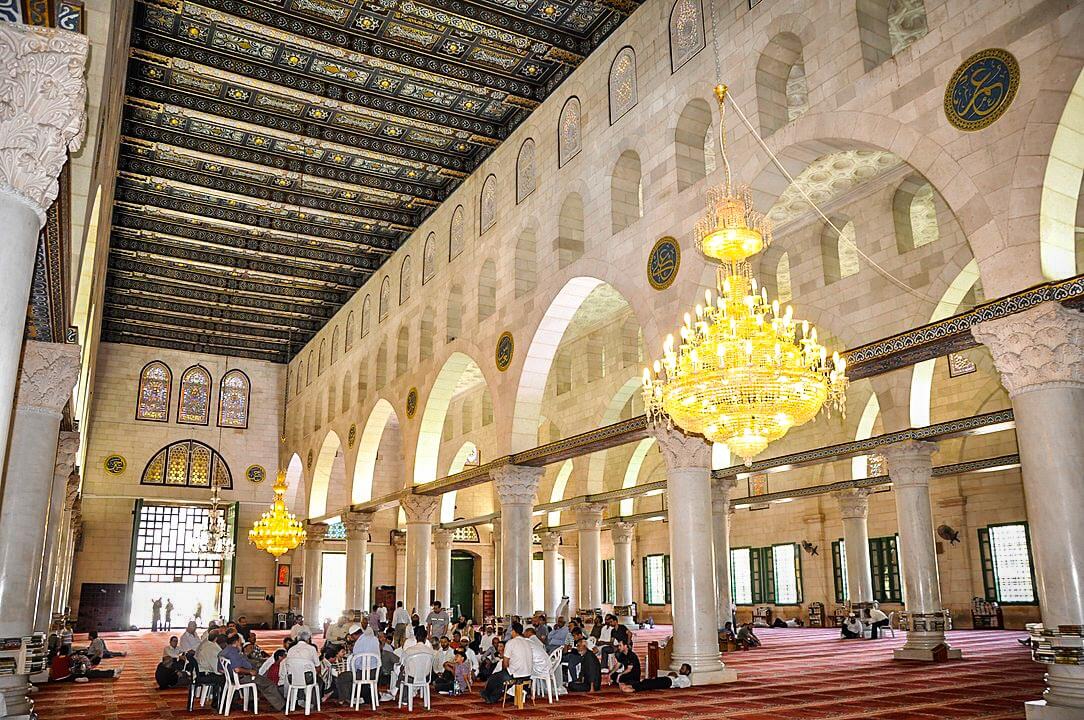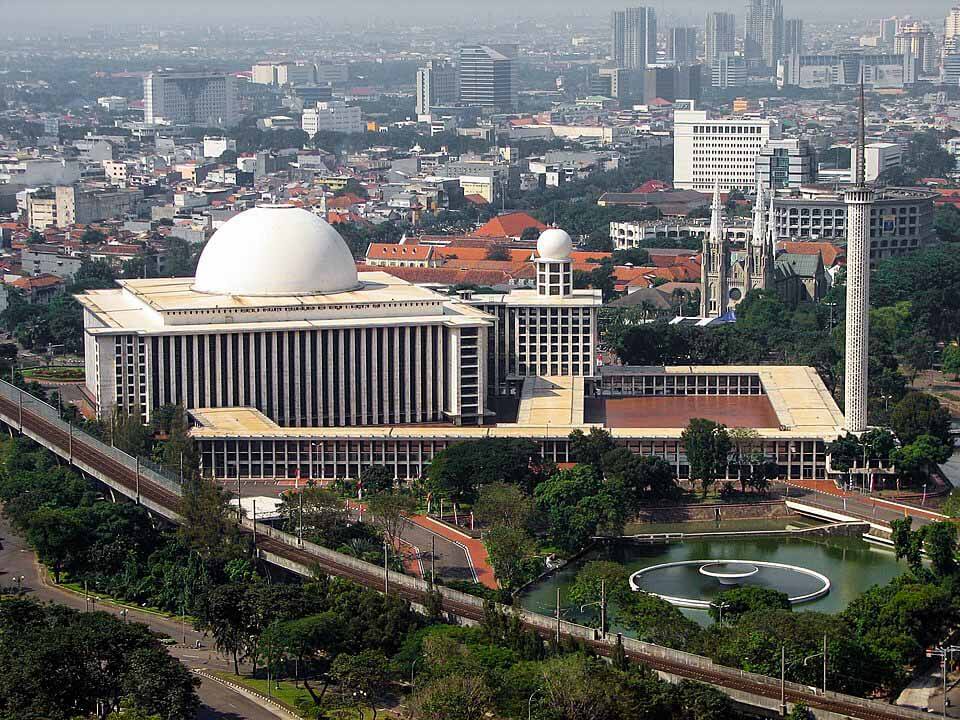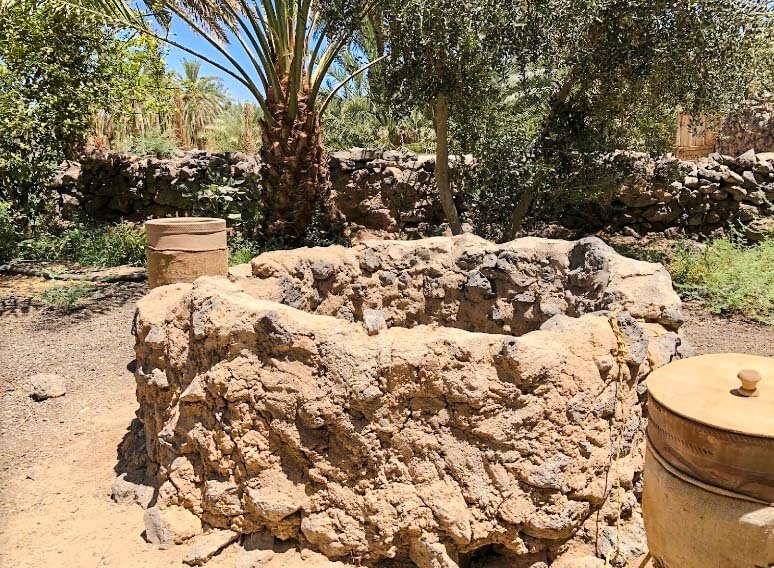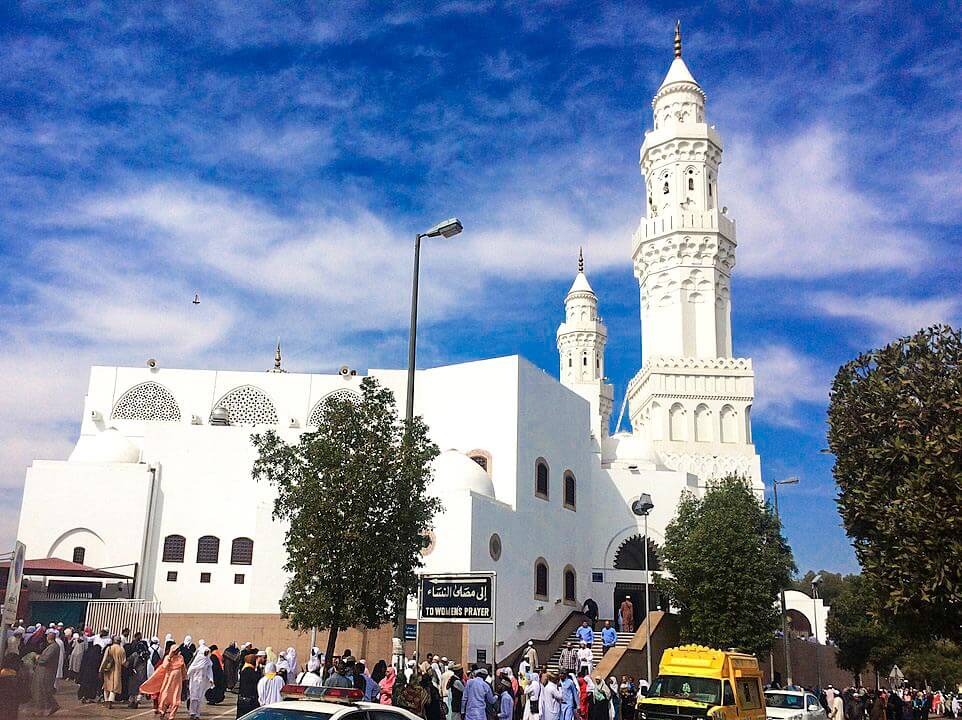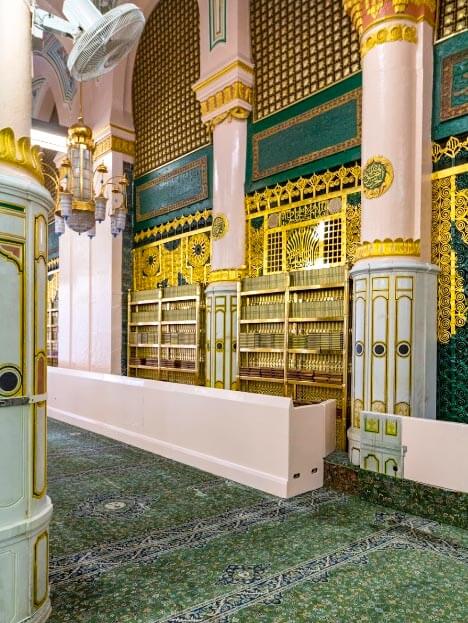Jerusalem, Palestine
Coordinates: 31.776074, 35.235773
First Built by Hz. Umar رضي الله عنه
Al-Aqsa Mosque is the first physical structure ever built by Muslims on Al-Aqsa compound. When Muslims first entered Jerusalem in 15 AH/638 CE the site was deserted and neglected with no signs of construction on it.
Caliph Umar bin Al-Khatab رضي الله عنه and his companions cleared it from debris and dirt and built a simple mosque on its southern part after deliberating the best location for it, as some of the Prophet’s (PBUH) companions suggested building it before the Rock of Ascension to the north facing the Qibla.
Nonetheless, the Caliph decided to build the mosque in the heart of Al-Aqsa next to the southern wall instead. The first mosque was a simple building that sat on wooden trusses and was designed to accommodate 3,000 worshipers.
Present
However, the mosque that is standing in Al-Aqsa Compound today is not the one that was built by Hz. Umar bin Al-Khatab رضي الله عنه
This new mosque structure was first built by the Umayyad Caliph Walid bin Abdul Malek bin Marwan between 90-96 AH/706-714 AC to replace the simple one built by Caliph Umar bin Al-Khatab رضي الله عنه and his companions.
Some narratives say that Caliph Abdul Malik bin Marwan was the one who initiated the mosque’s constructions, but he died before the building was completed and his son Al-Walid carried on the mission.
Changes in History
During the Umayyad era Al-Aqsa Mosque consisted of 15 naves, with the widest being the one in the middle. The building was covered with a brick ceiling and topped with a magnificent dome at the end of the middle nave.
The Mosque was renovated for the first time during the Abbasid era by Caliph Abu Jaafar Al-Mansour, and again by Caliph Al-Mahdi after the collapse of its eastern part due to a strong earthquake that hit Jerusalem, while Al-Ma’moun, another Abbasid Caliph rebuilt the central hallway.
The Fatimid Caliphs also renovated Al-Aqsa Mosque more than once, including the time when Caliph Addahir Li Ezaz Din Allah renovated the mosque in 436 AH/1034 AC.
During the Crusaders’ occupation of Jerusalem Al-Aqsa Mosque was turned into a church, but when the Ayoubi Caliph Salahuddin Ayyubi رحمة الله عليه liberated Jerusalem and Al-Aqsa Mosque in 583 AH/1187 AC he ordered the renovation of the building and returned it to its former state.
He also brought the magnificent wooden pulpit which Nur Ad-Din Mahmoud Ibn Zinki, a Mamluki king from the Zinki dynasty, had ordered to be made in Aleppo and be placed next to the main mihrab (i.e. niche) in Al-Aqsa Mosque.
The Ottomans also invested a lot of care in Al-Aqsa Mosque especially the Ottoman Sultan Suleiman the Magnificent, Sultan Mahmoud II, Sultan Abdul Aziz, and Sultan Abdul Hammed II.
The Current Structure of Al-Aqsa Mosque:
Al-Aqsa Mosque is a square building made of seven naves; the biggest nave is in the center, which is topped with a magnificent silver dome, and there are three smaller naves on its eastern side and another three on its western side.
It has nine entrances; a separate door leads to each one of the seven naves, while there is one entrance on its western side, and another on its eastern side.
The door in the middle of the building’s northern façade is the mosque’s main entrance; however, all seven doors lead inside the mosque where the seven naves overlap with no physical barriers between them other than stone and marble columns that carry the weight of the building.
The stone columns are historic and ancient, while the marble ones were added to the mosque when it was renovated in the early 20th Century; these columns are connected by huge arches that are attached to the mosque’s ceiling.
Definition of Haram vs. Al-Aqsa
Although in its narrowest sense, the Al-Aqsa indicates the silver-domed mosque on the southern side of the Haram ash-Sharif compound, the term “Al-Aqsa” has often been used to refer to the entire area, including the mosque, along with the Dome of the Rock, the Gates of Haram ash-Sharif compound, and the four minarets.
Al-Masjid al-Aqsa referred not only to the mosque, but to the entire sacred sanctuary, while Al-Jami al-Aqsa referred to the specific site of the mosque.
During the period of Ottoman rule (c. early 16th century to 1917) the wider compound began to also be referred to as al-Haram ash-Sharif (the Noble Sanctuary)
Al-Qibli vs. Al-Aqsa
Al-Aqsa Mosque is also referred to as Al-Qibli Mosque on account of a particular building within it, the Al-Qibli mosque (al-Jami’ al-Aqsa or al-Qibli, or Masjid al-Jumah or al-Mughata).


